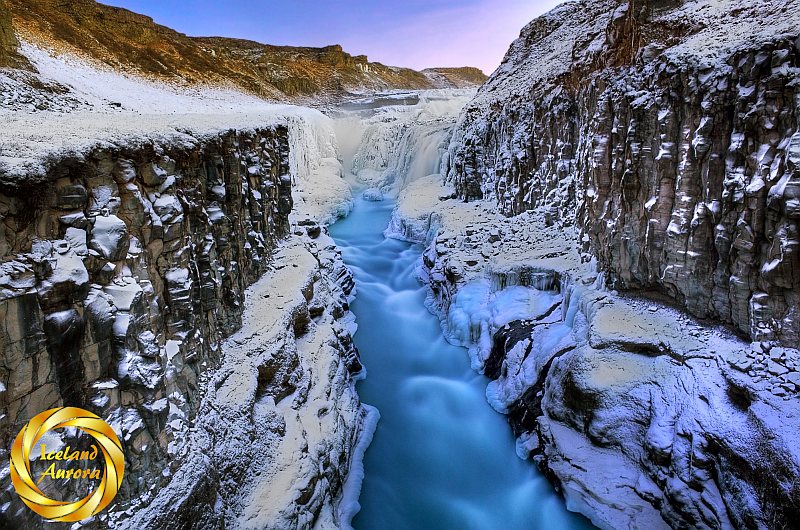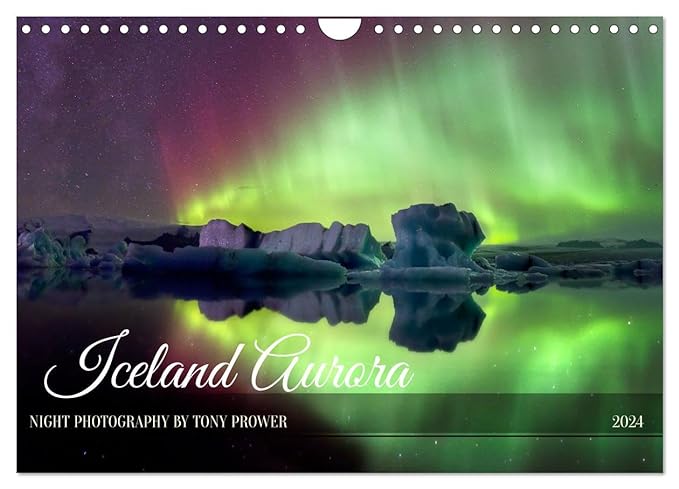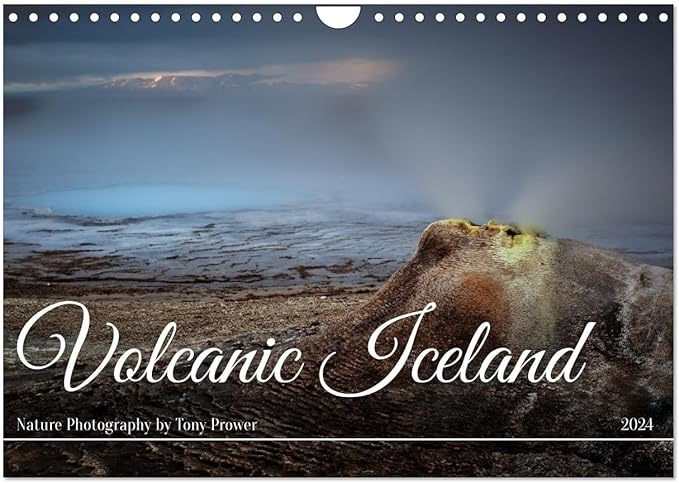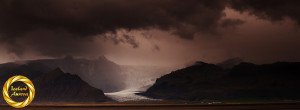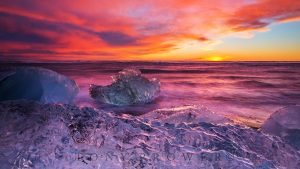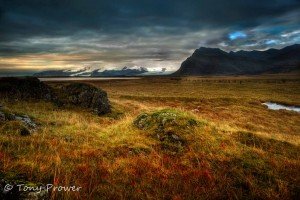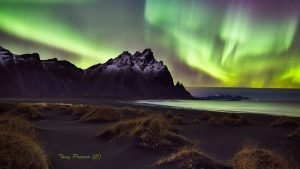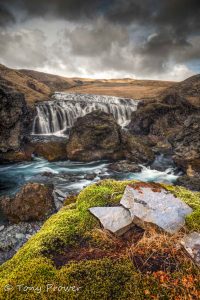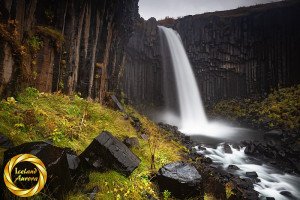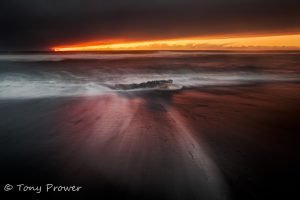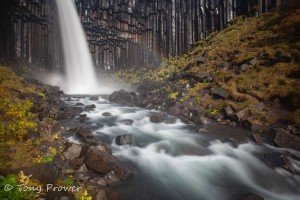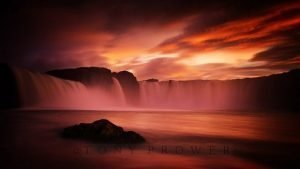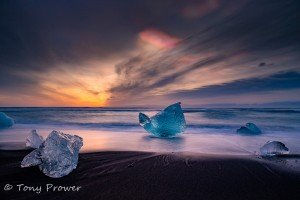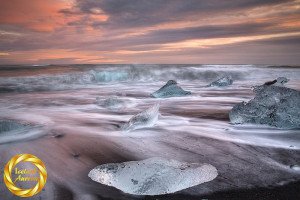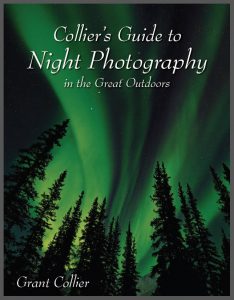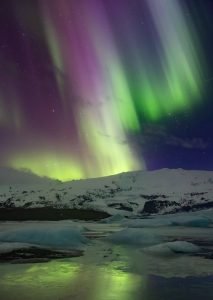The beautiful hues of a serene landscape, the vastness of the horizon, the refreshing feel of nature―landscape photography is a visual treat for many. Capturing the grandeur of nature with a single frame can be incredibly gratifying. But to capture exemplary landscape shots you need the right kind of landscape photography camera gear. Choosing photography equipment is not an easy task. You need to consider various factors like budget, lens compatibility, portability etc.
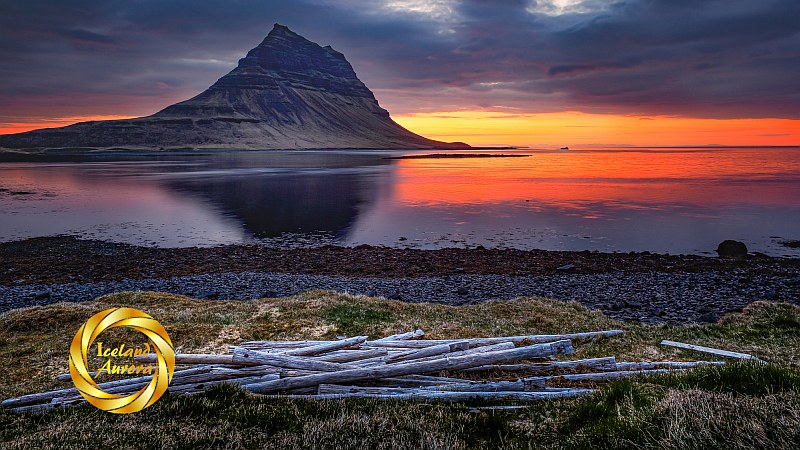
I have put together this comprehensive guide to equip you with all the knowledge and help you choose the right kind of landscape photography camera gear. With these tips, you’ll be able to make informed choices that are best suited for you and your style of photography. I will discuss the essential camera gear you need for capturing amazing landscape photographs, the different types of cameras, lenses, filters and accessories you should look out for and how you can pick the best ones that fit your requirements.
What Camera is Best for Landscape Photography?
Choosing the right camera and lens for landscape photography is essential for getting the best results. DSLR cameras are the gold standard for landscape photography, however digital mirrorless cameras have advanced and can deliver similar results. Both are capable of taking amazing shots, so consider your budget, portability and the type of images you plan to capture when deciding between the two.
The main difference between mirrorless & DSLR cameras user interface is that Mirrorless systems will have an electronic viewfinder. This has both strengths & weaknesses. An electronic viewfinder can give you a vivid preview of the photo, but might not work at night or in low light conditions.
Look for cameras with high megapixel counts and great low light performance, as these features will greatly enhance your landscape photography experience. Lastly, consider the lenses you plan to use. A wide angle lens is necessary for capturing expansive outdoor scenes, while a telephoto lens can zoom in on distant details. If you plan to take photos at night, a fast aperture lens with low light capabilities is recommended. Invest in quality gear and you’ll be sure to capture incredible landscape photos.
Private Northern Lights Tours
DSLR choices
What should you look for if you are buying a DSLR?
The question is very pertinent as there are a lot of very good DSLRs on the market these days. Twenty years ago, it wasn’t even worth buying the best DSLR because the quality didn’t compare to film. But in many ways, digital technology quickly surpassed film.
The big names are always worth looking at; Canon, Nikon, Olympus etc, but because this is now a digital market, some new names are making a mark in the camera world, such as Sony and Panasonic.
In basic terms a 10MP DSLR from Sony and a 10MP DSLR from Canon are not going to be much different. Sure they may have different sensor and different gadgets, but side by side you can great a great picture from both of them… under ordinary conditions. If however you aim to specialize in a particular type of challenging photography such as ‘low-light’ then you will need to research which sensor is best for this purpose. Photographing landscapes often means being creative with shutter speeds, and hence, needs full manual control.
Some things to think about…
Megapixels
It is easy to assume that the more megapixels the better, but unless you want to print very large prints of your work, you will be fine with around 20MP. The 21MP 5D markII from Canon produces stunning resolution, but you might need to buy a new computer to deal with the large file sizes. 10MP will allow you to create high quality A2 pictures (24X18cm) 20MP will double that.
Gadgets/ Features
Maybe you want all the bells and whistles? Lets have a look at some features available on today’s DSLRs:
Live view
This allows you to see what you are capturing via the display screen, you don’t have to look through the view finder.
Pros, focusing and composition are much easier.
Cons, Uses battery juice fast. Not great for auto-focus.
Sensor cleaning
This will clean your sensor every time you switch the camera on and off. This, keeps the need for cleaning your sensor to a minimum. Some cameras will open the shutter to allow you to clean the sensor. If you plan to clean your own sensor, this is an important feature to have when considering a serious camera.
ISO Sensitivity
This is the ability to switch the ISO values from ranges between 50 and 3200, for example. This is an important consideration if you are shooting low light conditions. You need to research to see how the camera deals with noise at the higher ISOs. If your camera has excellent high iso performance, you can save money on lenses as you don’t have to buy a big aperture lens.
Crop Factor
Crop factor refers to the size of the sensor compared to 35mm. This is an important consideration when buying lenses. For example, a 1.5 crop factor will mean that a 50mm lens will actually be a 75mm lens (50X1.5=75). This is great for long lenses as it makes them more powerful. But for landscape, you will have to buy a 17mm to get a focal length of 25.5mm.
Frames per second
This is important to consider if you shoot fast action subjects. A good rate of shutter actuations per second will give you a better chance of capturing a great shot from a short burst of action. Your camera will sound like a machine gun!
Canon Pro DSLRs
Here is a range of recommended Canon Cameras. These are much more advanced than the Canon Family that I owned. The range starts with the more expensive Canon EOS 5D and ends with the affordable Canon EOS 90D.
Landscape Lens Choice
One of the biggest features of all DSLRs is the ability to change lenses. The lens is the most important part of a camera.
You need to know what kind of lens you will be using in your photography. if you are a landscaper, you will need mostly wide angles, a portrait photographer will need 50mm to 85mm, a bird photographer will need 200mm and longer. Think about which lenses you will need and research them first. If you are not wealthy, start with a cheap 50mm prime lens. Then see if you mostly want something wider or something longer. If you are wealthy, find the best lens in the class you want and then buy the camera.
Lens Leader-board
The cameras with the best selection of high quality lenses are Canon and Nikon. The other brand names are catching up fast and third party lens manufacturers such as Sigma and Tamron are making lenses for many different cameras.
I chose Canon and I have stuck with Canon all the way… because… it is a popular camera and I am able to sell my old lenses very quickly and I am able to find very good second hand lenses everywhere.
The Benefits of a Wide-Angle Lens for Landscape Photography
Wide angle lenses are so suited to landscape photography, that if I was to have only one lens, it would be a wide angle. A wide angle can capture large parts of the sky which is useful if there is an impressive sunset. At night, the wide angle lens can capture big northern lights displays or the majestic spiral of the Milky Way. A wide angle lens can help you communicate depth by including the foreground, middle ground and background.
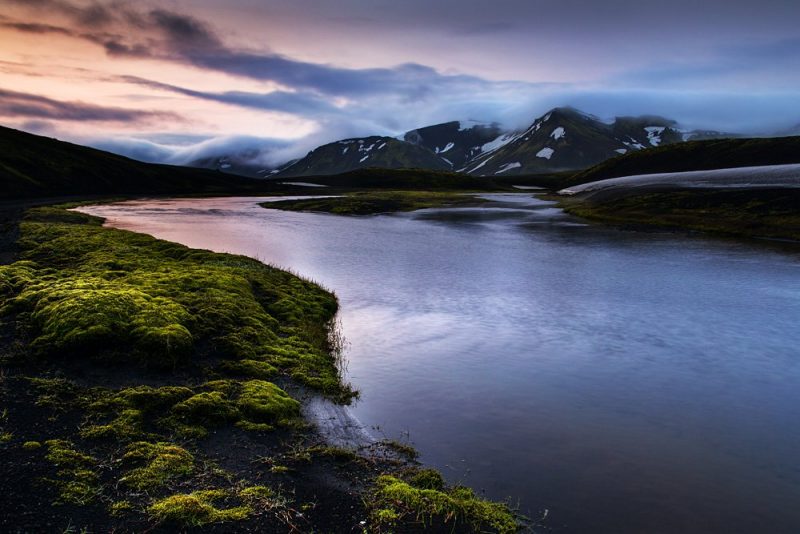
Macro Lens for Closeup Shots
A macro lens is an essential piece of camera gear to capture stunning closeup shots in landscape photography. These lenses have a much greater magnification ability, allowing you to get incredibly sharp and detailed images of small subjects like plants, insects, and other miniature features in the outdoors. When shopping for a macro lens, look for features like autofocus, image stabilization, and a wide maximum aperture range. Additionally, make sure the lens offers an adjustable focal length so you can capture the perfect closeup shot. With the right macro lens, you’ll be able to take stunning closeup shots with ease in your landscape photography.
50mm prime lens
A 50mm prime lens is another strong recommendation. Firstly, because they are very cheap. This is because 50mm is a very straightforward focal length, it require very simple optics. Secondly, a 50mm lens doesn’t magnify the scene, it has no distortion. This makes it great choice for making panoramas out of a couple of frames.
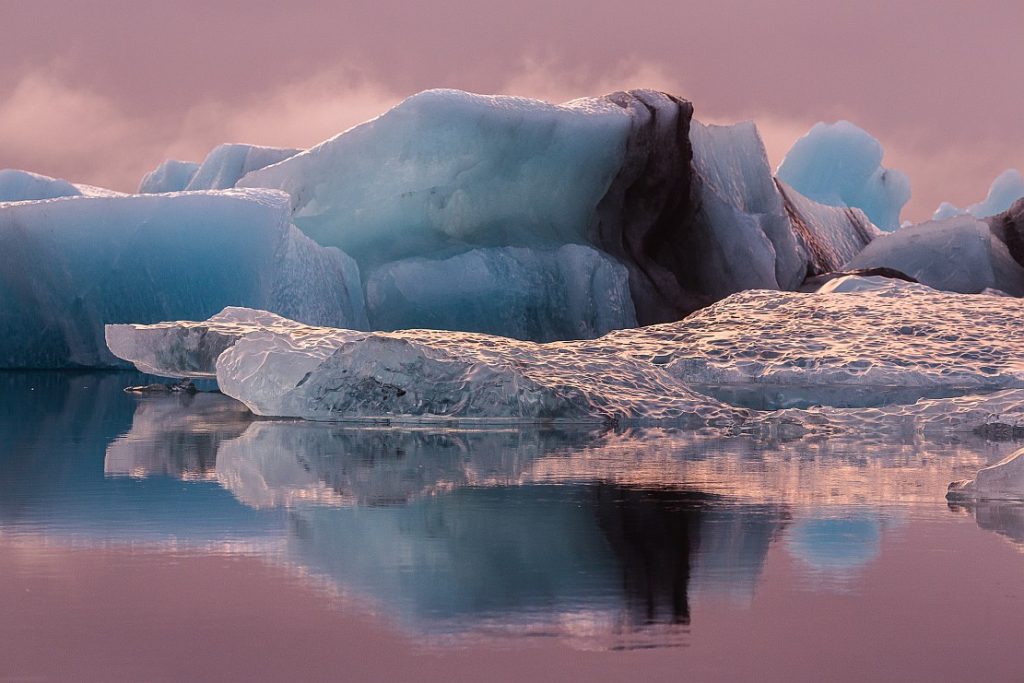
Telephoto Lenses
A telephoto lens is a lens any lens that brings objects closer to you. In technical terms, this would be a focal length greater than 50mm. Telephoto lenses can be useful if you can’t physically get close to a scene. It also allows the landscape photographer to experiment with telephoto compression.
My Prime Lenses
Investing in the Right Tripod
In my opinion, your portfolio of landscape photos should include some low-light scenes and finely detailed foregrounds. The fading light or the need for greater depth of field often means that a longer exposure is required. For the best long exposure results, a good tripod is important. Also, the general public will think you are a pro-photographer.
To choose the correct tripod, there are a few thing to consider. The first consideration is the environment in which you will be taking your landscape photographs. You will need a heavy tripod for windy weather, spiky feet for icy terrain, and sand resistant legs for beaches. The next consideration is your physical strength. Hiking up a mountain with a heavy tripod is hard work and you could be exhausted by the time you reach the viewpoints. So, if you are travelling to a windy place and you don’t work-out in the gym, you might have to compromise. However, there are useful gadgets like ‘Stone Bags’ to make a travel tripod more stable.
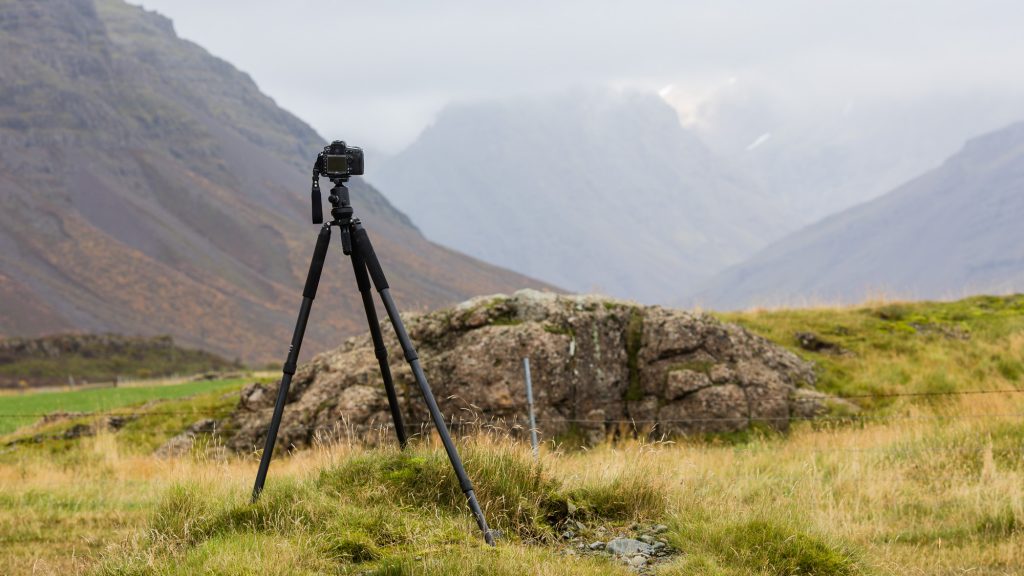
Camera Bags and Carry Systems
Camera bags and carry systems are essential for any photographer, especially for those who plan to take their camera gear out for a shoot. There are a variety of camera bag options available to meet the needs of any photographer. An important factor to consider before choosing a bag is the size and weight of the camera gear that needs to be carried. Smaller camera bags are typically better suited for lightweight or mirrorless cameras and associated lenses, while larger camera bags accommodate heavier and bulkier DSLR camera bodies and lenses.
One important consideration on the style of camera bag is how you will be traversing the landscape. An over-the-shoulder bag, might be convenient for accessing your gear, but it could get in the way if you are climbing. Back-pack style camera bags have to be taken off whenever you need to change lenses etc., but they can be great if your are hiking a long way.
Photographers should also consider the bag’s waterproofing, padding, and multiple access points when selecting the ideal camera bag for their landscape photography camera gear. In addition, a carry system can be extremely useful for any photographer who needs to transport their camera gear for a shoot.
There are a variety of carry systems available, such as backpacks, sling bags, and rolling carry cases, each offering different levels of convenience and protection for carrying cameras, lenses, and other accessories. When choosing the right camera bag and carry system for landscape photography, photographers should consider the weight and size of their camera gear, the bag’s waterproofing, padding, and multiple access points, as well as the convenience and protection offered by the carry system they choose.
Important Landscape Filters
ND Filters
Neutral Density filters (ND) can be very useful for slowing the shutter speed to create a silky water effect. Although, they are supposed to be Neutral, they never are. All ND filters have a slight colour cast, but the cast is much nicer on expensive ND filters. My preference was for B&W filters which have a slightly warm cast. Buying an ND filter can be tricky for the beginner, because different manufactures use different number systems to indicate strength. So your new ND filter might not be a strong as you originally thought. See my guide to Neutral Density Filters for more information.
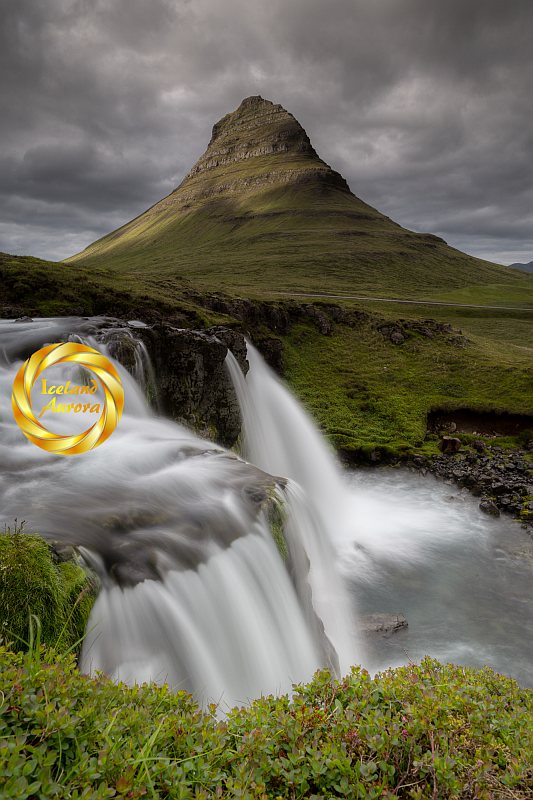
Graduated ND Filters
Graduated Neutral Density (ND) filters are an essential part of a landscape photographer’s camera gear. These filters are specially designed to balance the light in your images, allowing you to capture stunning long exposures and create depth and drama in your landscape photos. Graduated ND filters come in various shapes and sizes, and can be used to darken bright sky elements in a scene. They work by reducing the amount of light in certain parts of the frame, allowing you to create an even exposure throughout your image. When using a graduated ND filter, you can choose from different density and color options, giving you greater control over the light in your photos. If you’re looking to take your landscape photography to the next level, adding a graduated ND filter to your camera gear is a must.
Having a quality ND filter is about ten times cheaper than a set of Graduated ND filters. However, if you learn the Magic Cloth Technique, you can get similar results.
Circular Polarizer
Circular polarizers are a must-have for landscape photography camera gear. These filters are applied to the front of the lens and help to reduce reflections and glare while intensifying the saturation of skies and foliage. They can also be used to darken the sky and to make the clouds stand out. Circular polarizers come in different sizes and can be used with both digital and film cameras. Choosing the right polarizer for your lens and camera can make a big difference in the quality of your landscape photographs.
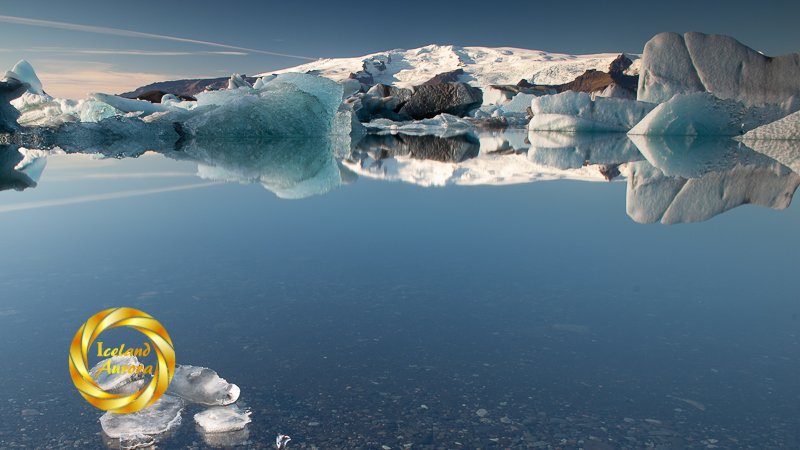
Conclusion
Landscape photography requires the right equipment to capture the beauty of the scenery. Camera lenses and cameras are the staples of the photographer’s toolkit and make a huge difference in the quality of the photography. The most important thing is to choose the right lens and camera for the job, which can be tricky without the right guidance.
A wide-angle lens is usually the best choice for landscape photography, as it allows for a wider field of view and more depth of field. Additionally, a good quality camera with manual settings will allow for more creative control over the exposure.
Furthermore, a tripod is essential for keeping the camera steady and enabling longer exposures, while a filter kit with ND, polarizing and graduated filters will help to provide more control over light and color. Ultimately, the right camera gear can make the difference between a snapshot and a stunning shot.
For excellent reviews on most DSLRs visit DPreviews, Fred and Miranda or ePHOTOzine
My best advice, when you are ready to buy, is to have two or three cameras in mind. Walk into a good camera store and ask to hold these different cameras. Buy the one that feels best in your hand.
